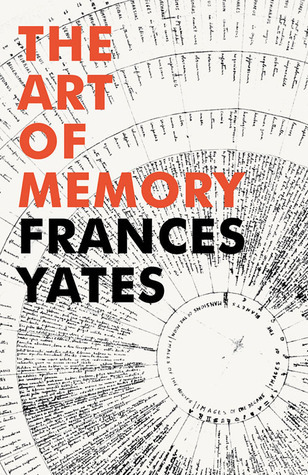What do you think?
Rate this book


448 pages, Paperback
First published January 1, 1966
We come back here to that basic difference between the Middle Ages and Renaissance, the change in attitude to the imagination. From a lower power which may be used in memory as a concession to weak man who may use corporeal similitudes because only so can he retain his spiritual intentions to the corporeal world, it has become man’s highest power, by means of which he can grasp the intelligible world beyond appearances through laying hold of significant images.
Did [Bruno] intend that there would be formed in the memory using these ever-changing combinations of astral images some kind of alchemy of the imagination, a philosopher’s stone in the psyche through which every possible arrangement and combination of objects in the lower world - plants, animals, stones - would be perceived and remembered? And that, in accordance with the forming and reforming of the inventor’s images on the central wheel, the whole history of man would be remembered from above, as it were, all his discoveries, thoughts, philosophies, productions? Such a memory would be the memory of a divine man. [...]
Magic assumes laws and forces running through the universe which the operator can use, once he knows how to capture them. [...] The Renaissance conception of an animistic universe, operated by magic, prepared the way for the conception of a mechanistic universe, operated by mathematics.